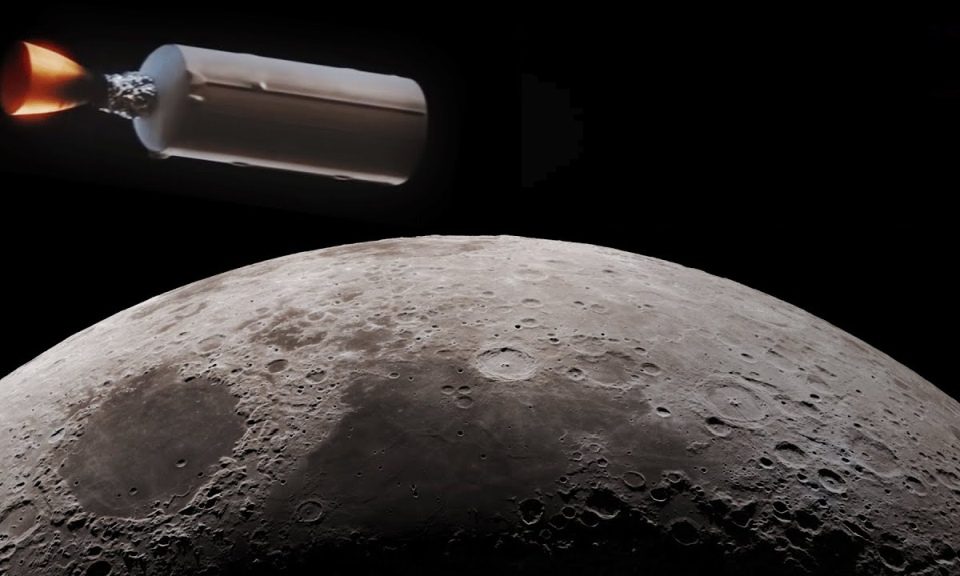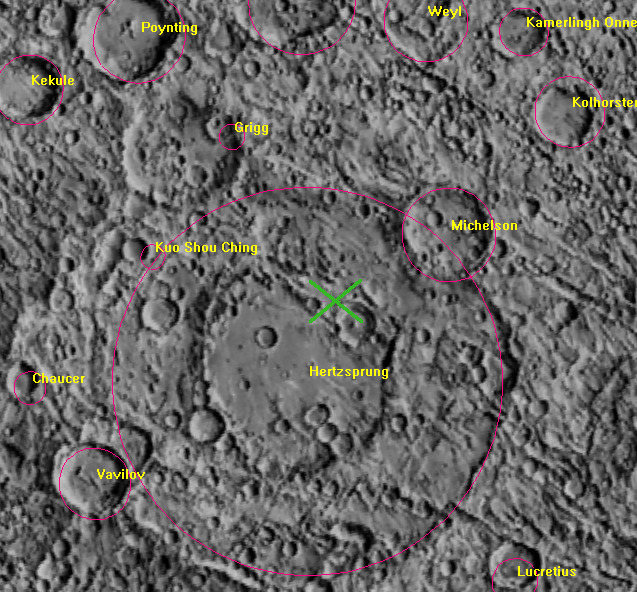A SpaceX rocket launched 7 years ago is on a collision course to crash into the Moon on March 4, 2022, after it ran out of fuel to return to Earth

On February 11, 2015, the SpaceX Falcon 9 lifted off from SpaceX’s Launch Complex 40 at Cape Canaveral Air Force Station, Florida, carrying the Deep Space Climate Observatory satellite on SpaceX’s first deep-space mission. The Falcon 9 rocket completed its interplanetary mission to send space weather satellite to a Sun-Earth LaGrange point around 900,000 miles from Earth.
But by the time it completed its mission of sending NOAA’s Deep Space Climate Observatory into deep orbit, the Falcon 9 rocket’s second stage “was high enough that it did not have enough fuel to return to Earth’s atmosphere.” It also did not have the energy to escape the gravity of the Earth-Moon system. Out of control, the rocket ran out of fuel and has been in a disorderly orbit ever since February 2015, according to news first reported by Ars Technica.
Now according to sky observers, the SpaceX rocket is on a collision course to crash into the Moon on March 4, 2022, after it ran out of fuel to return to Earth. Bill Gray, who writes the widely used Project Pluto software to track near-Earth objects, asteroids, minor planets, and comets, told Ars Technica that the impact could come in March.
Additionally, the trajectory of the Falcon 9’s upper stage observed by amateur and professional astronomers of ProjectPluto, also suggests that Falcon 9 will very likely impact the far side of the Moon, near the equator, on March 4 at 12:25 UTC. In a statement, Gray writes:
“With all the data, we’ve got a certain impact at 2022 March 4 12:25:58 Universal Time, at latitude +5.18, east longitude 233.55, plus or minus a few seconds and a few kilometers. (Reality is a little less certain; see the section below.),” the observer group wrote on their website.
The good news is that, unlike Earth, the Moon has no atmosphere so the rocket will burn up before the impact. The empty mass of Falcon 9 2nd stage is about 4.5 metric tons, and it should impact the Moon at a velocity of about 2.58 km/s. According to Guide, the impact will be at the large green ‘X’ (shown below), on the far side of the moon, in the large, old crater Hertzsprung. For scale, Hertzsprung is about 520 km (315 miles) across.

How confident are they about their prediction?
There is no assurance the impact will take place on March 4. Some uncertainties still remain. “If this were a rock, I’d be 100% certain. (And I am 100% certain it will hit ‘close to’ the above point at that time.) But space junk can be a little tricky,” Gray said
As the object is tumbling through, it is difficult to precisely predict the effects of sunlight “pushing” on the rocket stage and thus making slight alterations to its orbit, Ars Technica writer Eric Berger noted. Gray noted: Gray also explains.
“I have a fairly complete mathematical model of what the earth, moon, sun, and planets are doing and how their gravity is affecting the object. I have a rough idea of how much sunlight is pushing outward on the object, gently pushing it away from the sun. This usually enables me to make predictions with a good bit of confidence.”
Below is a scheduled video of how the impact will happen.




